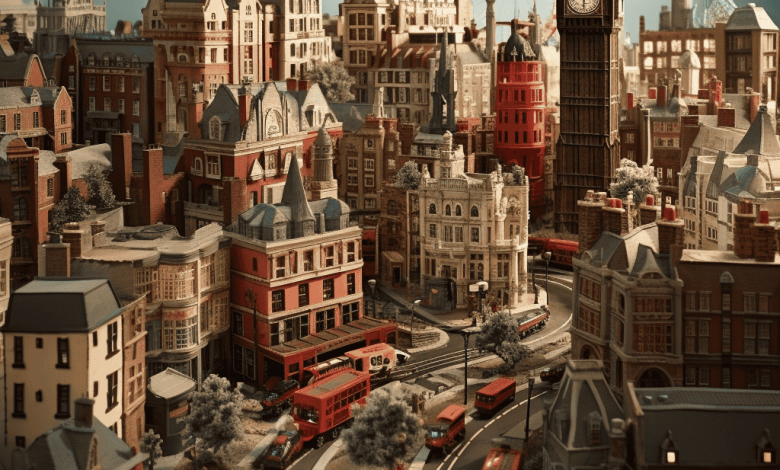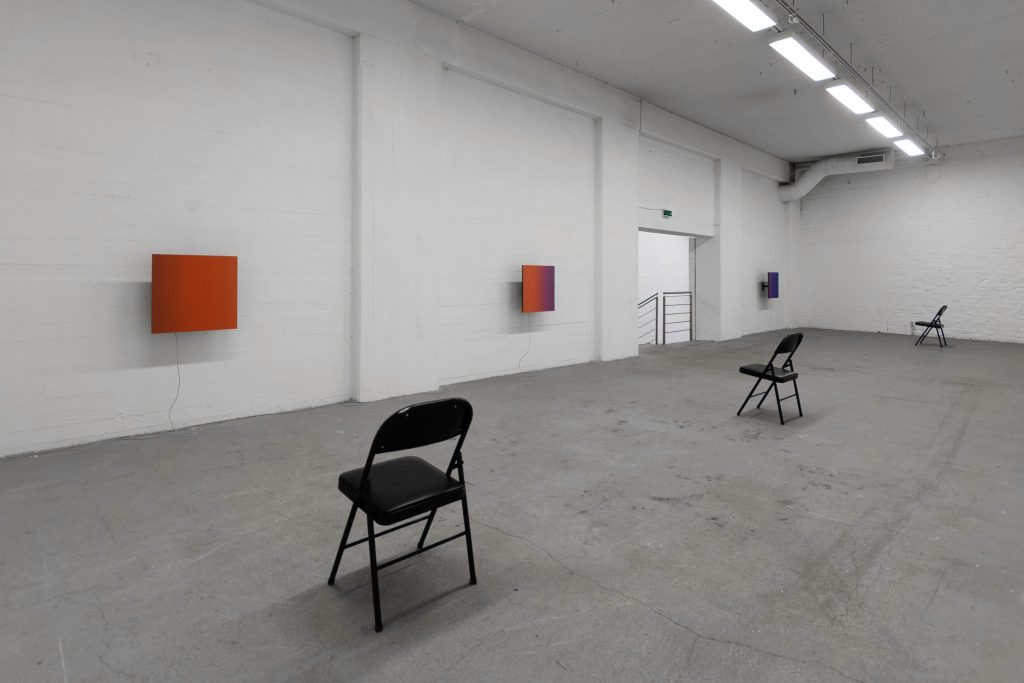
Great animation isn’t just about a lovely character or a slick render; it’s the sum of decisions that make a story land, a deadline hold and a budget behave. If you want to understand what truly separates the top UK animation studios from the rest, look past reels and listen to how they talk about process, trade‑offs and outcomes. For a practical example of a boutique team that pairs craft with reliable delivery, see Myth Studio, whose work shows how clarity in process translates into consistent results.
Let’s strip the marketing gloss and get into the real signals that tell you a studio is excellent: creative rigour, pipeline discipline, client collaboration, technical taste and a sense for what actually moves an audience.
Creative leadership matters more than tools
Vision that’s defended, not dogma
A great studio has people who can argue for editorial choices: why a beat needs to be longer, why a camera move—or its absence—matters. Tools are secondary; taste is primary. If the creative lead can justify decisions with clear audience reasoning, you’ll avoid edits that hollow out the idea.
Story economy beats visual spectacle
The best houses trim to the idea. They make every cut earn its keep and resist the temptation to “add animation” where a compositional fix or a sound cue would do. That economy is why their work feels confident, not busy.
Pipelines that protect deadlines and budgets
Repeatable processes, not bespoke chaos
Top UK studios design pipelines that scale: clear milestones, known review windows, asset versioning and a single source of truth for files. That doesn’t mean robotic work, it means fewer surprise costs and faster recovery from inevitable hiccups.
Animatics as a budgetary firewall
Ask whether the studio signs off an animatic before animating. If they do, they’re serious about cost control: locking timing early prevents expensive frame‑by‑frame rework later.
Client collaboration as craft
Tight onboarding, not casual brief handoffs
The studios that perform best spend time up front translating fuzzy briefs into decision maps: what absolutely must be there, what’s flexible, who approves what. That alignment keeps revisions purposeful.
Feedback hygiene is underrated
Frame‑accurate notes, consolidated comments and a single review platform make a massive difference. When feedback is clear and timestamped, animators don’t waste time guessing intent.
 Technical choices that serve the story
Technical choices that serve the story
Right tool for the right job
The elite studios pick technology to solve creative problems, not to show off. Want charm and texture: consider stop‑motion or hand‑drawn 2D; need scale and modular reuse: well‑built 3D rigs and libraries win. The smartest houses can switch modes without posture.
Reuse and modularity lower long‑term cost
Studios that invest in rig libraries, modular props and motion packs can deliver sequels or campaign variants for a fraction of the first piece’s cost. That’s where smart budgeting meets creative continuity.
Cultural traits that predict quality
Senior talent stays close to the work
In top UK studios, senior creatives are not just headline names, they’re in the room during critical reviews. That access reduces rework and keeps the idea pure; boutique houses often excel here because they offer direct lines to experienced leads.
Curious, not complacent
Great teams test new approaches, but they don’t worship trends. They pilot AI in pre‑viz, experiment with real‑time engines where it helps, and keep sustainability and render cost in mind. Curiosity without recklessness is the sweet spot.
How the best studios present proof, beyond showreels
Outcomes, not just pretty frames
Leading studios show results in business terms: increased view‑through, improved click‑through, campaign lift. They pair creative samples with context: brief, constraints, and impact. That’s how commissioners can judge relevance to their own goals.
Case studies that reveal process
A compact case study that includes timeline, crew size, revisions and scope changes tells you more than a glossy montage. If a studio shares that detail, they’re signaling confidence in their delivery.
Red flags to watch for when you evaluate studios
Vague deliverables and endless revisions
If the contract promises “infinite revisions” or keeps deliverables fuzzy, expect scope creep. Great studios set reasonable limits and make extra work payable.
No pipeline or single point of contact
If a studio can’t demonstrate a simple pipeline diagram or refuses to name who owns approvals, you’ll lose time to miscommunication. Transparency here is non‑negotiable.
Overemphasis on tools and buzzwords
If every paragraph of their pitch mentions specific software without connecting it to outcomes, that’s a posture, not proof. Ask how the tool choice improves audience attention or delivery speed.
Different models that win in the UK market
Boutique studios for high‑touch creative work
Boutiques trade scale for senior access. You get more voice time with senior directors, faster iteration and strong ownership of craft. They’re ideal when the idea must be distinctive and the brief benefits from direct creative collaboration.
Mid‑sized houses for campaign scale
These studios combine creative leads with pipeline robustness. They can handle multi‑spot campaigns, deliver multi‑aspect ratios and coordinate larger crews while keeping a consistent creative line.
Large houses for heavy VFX and global rollouts
When you need complex simulations, massive render farms or a global delivery schedule, bigger outfits offer the infrastructure. The trade‑off is sometimes distance from senior creative attention, so insist on senior time in the contract.
How to commission the right studio: a quick playbook
Start with outcomes, not software
Describe what success looks like: retention, clicks, brand perception. Ask studios how their work maps to those metrics.
Demand pipeline clarity and an animatic milestone
Lock the animatic as a paid milestone. It’s the cheapest insurance policy you’ll buy.
Negotiate reuse and asset delivery upfront
If you want future edits in‑house, specify asset handover and formats. Reuse reduces per‑spot cost on any campaign.
Ask for accessible case studies with context
Prefer studios that include timelines, crew details and measurable outcomes. If they can’t provide that, question their delivery maturity.
What separates good from great, one last time
Great UK animation studios are not just talented, they’re disciplined. They merge taste with systems, and they care as much about how a project gets finished as how it starts. The difference shows in fewer surprises, cleaner reviews and work that actually performs for audiences. If you pick a team that can explain their choices, show phased milestones and prove impact, you’ll avoid most of the classic pitfalls.
If you want an example of a studio that embodies that balance of craft and process, take a look at Myth Studio, boutique in scale, methodical in delivery, and clear about how their creative choices map to client objectives.
What to remember: demand clarity, insist on outcomes, and treat the pipeline as part of the creative brief. Do that and you’ll find the UK studios worth your attention are the ones that turn great ideas into repeatable, measurable results.

 Technical choices that serve the story
Technical choices that serve the story


